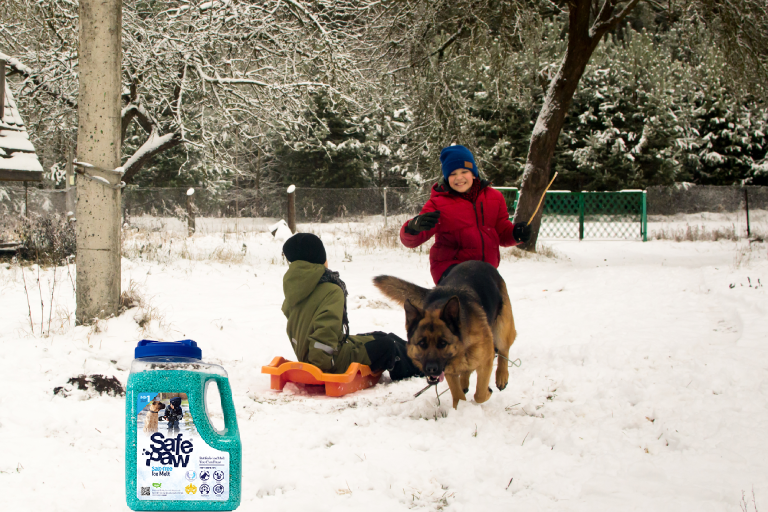Ice Burns: Understanding, Prevention, And Treatment

Ice is commonly associated with relief and healing, but did you know that it can also cause burns? Ice burns are a lesser-known risk that can occur when ice or extremely cold objects come into direct contact with the skin. In this article, we will delve into the causes and types of ice burns, discuss preventive measures to avoid them, and explore proper treatment methods. Whether you're using ice for first aid or engaging in winter activities, understanding ice burns is crucial for keeping yourself and others safe. Let's unravel the mystery behind ice burns and ensure you're well-prepared.
Understanding Ice Burns: Causes And Types
Ice burns can occur when the skin is exposed to extremely cold temperatures. Here are two types of ice burns:
1. Frostbite
Frostbite is a severe form of ice burn that occurs when the skin and underlying tissues freeze due to prolonged exposure to extreme cold. It can lead to tissue damage, skin discoloration, and even permanent injury if not treated promptly.
2. Cold Thermal Injury
Cold thermal injuries are milder forms of ice burns that result from brief contact with extremely cold objects. These injuries often cause redness, pain, and blistering on the affected area.
Eco-Friendly Ice Melt
Preventing Ice Burns
Prevention is key when it comes to ice burns. Here are some important preventive measures:
1. Use Protective Barriers
When applying ice directly to the skin, use a protective barrier such as a cloth or towel to prevent direct contact and reduce the risk of ice burns.
2. Limit Exposure Time
Avoid prolonged exposure to extreme cold temperatures. If you're using ice packs or cold compresses, limit the application time to 15-20 minutes at a time with breaks in between.
3. Be Cautious with Ice Baths
When taking ice baths or immersing body parts in ice water, monitor the time and avoid staying in for extended periods. Always follow recommended guidelines and seek medical advice if needed.
Treating Ice Burns
If an ice burn does occur, it's important to provide proper treatment. Here are steps to take:
1. Remove the Source of Cold
Remove the source of cold or take the affected area out of contact with ice immediately.
2. Warm Water Soaks
Immerse the affected area in warm (not hot) water to gradually warm up the tissue. Avoid using direct heat sources like heaters or hot water bottles, as they can cause burns.
3. Clean and Protect
Gently clean the area with mild soap and water, then apply a sterile dressing to protect the burn from infection.
4. Seek Medical Attention
For severe ice burns or cases of frostbite, seek immediate medical attention. These injuries may require professional evaluation and treatment.
Conclusion
Ice burns are a potential risk when dealing with extremely cold temperatures. Understanding the causes, types, prevention, and proper treatment methods is essential for safeguarding your skin and preventing further injury. Remember to use protective barriers, limit exposure time, and take precautions when using ice for therapeutic purposes. If an ice burn occurs, promptly administer appropriate treatment and seek medical assistance if necessary. Stay informed and be prepared to tackle ice burns with confidence.
Frequently Asked Questions (FAQ's)
Q: Can Ice Burns Cause Permanent Damage?
A: Severe ice burns, such as frostbite, can cause permanent tissue damage if not treated promptly and appropriately. It's important to seek medical attention for proper evaluation and management.
Q: Are Children More Susceptible To Ice Burns?
A: Children may be more susceptible to ice burns due to their thinner skin and reduced ability to tolerate extreme temperatures. Extra caution should be taken to protect children from direct contact with ice or extremely cold objects.
Q: Can Ice Packs Be Used Safely On The Skin?
A: Ice packs can be used safely on the skin when proper precautions are taken. Always use a protective barrier, limit the application time, and monitor the skin's response to prevent ice burns.
Q: Are There Any Long-Term Complications Associated With Frostbite?
A: Frostbite can lead to long-term complications such as permanent numbness, decreased sensation, and increased sensitivity to cold in the affected area. Rehabilitation and ongoing care may be necessary for optimal recovery.
Q: Can Over-The-Counter Creams Or Ointments Be Used To Treat Ice Burns?
A: Over-the-counter creams or ointments are generally not recommended for the initial treatment of ice burns. It's best to clean the affected area with mild soap and water and protect it with a sterile dressing. Consult a healthcare professional for further guidance on specific cases.
https://safepaw.com/?p=8512
Comments
Post a Comment